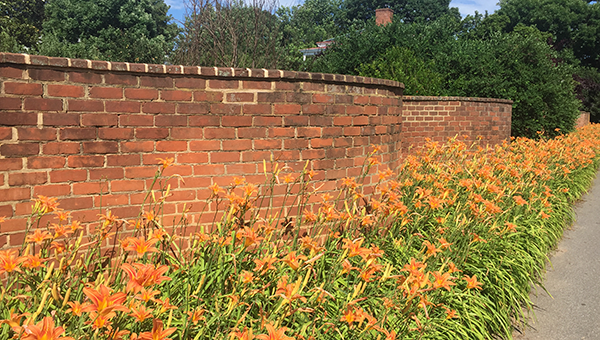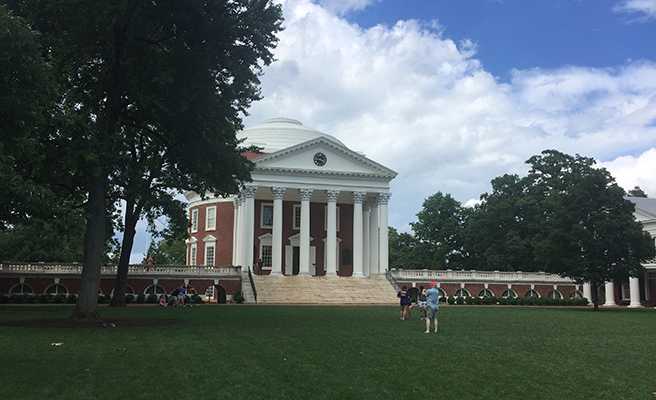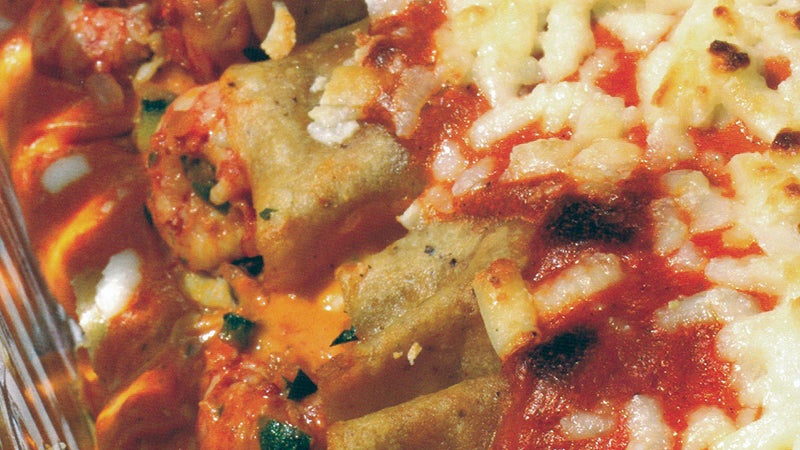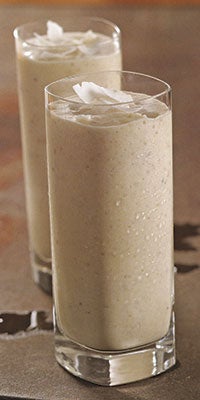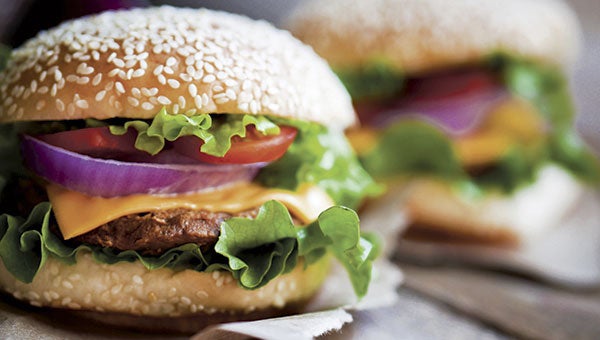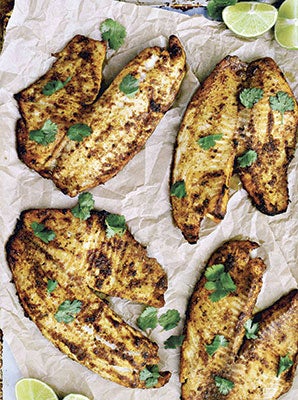2018 Summer Jefferson Symposium
Published 2:40 am Saturday, June 30, 2018
In 2011 we attended our first Jefferson symposium at the University of Virginia. We decided to return this year and see what was new at Monticello and what was new on Jefferson.
Only appropriate that we talk about Jefferson at this time of the year—the 4th of July, the Declaration of Independence. And if you didn’t know Jefferson died on July 4th, on the 50th anniversary of the Declaration of Independence. His friend, John Adams, also died that day.
Monticello has many visitors every year. The Foundation that owns and interprets it, continues to investigate, and interpret the plantation, the only president’s home that is a World Heritage Site. Visitors have been coming to the mountain top even before Jefferson died to see where this founding father lived, thought, and worked. More is being done now to interpret the contributions that the women made and the role that the enslaved had on the mountain. As one of our speakers noted, it is important to recognize these contributions; let us not forget that it is Jefferson, the President, the ambassador to Paris, the author of the Declaration of Independence, the author of the religious freedom in the Virginia Constitution, the founder of the University of Virginia, the President who was responsible for the Louisiana Purchase, the sponsor of the Lewis and Clark exploration, who is at the center of this place.
It was a delightful weekend. Many of the participants chose to stay in one of the coveted rooms on the Lawn. (The Lawn is the center of the university; the rest is the grounds, not the campus.) We stayed in a dorm room but only the bed was hard. We at least had air and a bathroom which the Lawn rooms do not. We were trying to pretend we were college students again.
This symposium focused on Jefferson and his retirement years which included one of the three things he thought important enough to carve on his tombstone—the founding of the University of Virginia. As well as looking at Monticello with a special tour and guide, the lectures covered the building of the University and the role that the enslaved played in the building and the running of the University.
One morning was spent at the Jefferson Library, located on an estate near Monticello. There they are working on editing the papers of Jefferson. A surprise was finding that this was a retreat for President Franklin Roosevelt. It belonged to one of his generals and was close to Washington. It was where he was to give his D-Day speech until the date was changed.
Our foods were mostly good. Our dinner at the Rotunda in the Dome Room was the best, with a great salad and a tender steak. Our lunches were Greek one day and sandwiches on the other days. But you have to be flexible to feed 45 people. We had a barbecue dinner on the rooftop of the Graduate Hotel which had a great appetizer of pimento cheese fritters. Our last night at Montalto (the high mountain that Jefferson owned but did not build on) had a fabulous view but food was just so-so. We had salmon with an asparagus pea risotto which was not that tasty. I am sure if we could have dined in Charlottesville in some of the finer restaurants our food would have been better but that is for another time.
Here are some of my take aways for the food for the Jefferson weekend.
Great appetizer from the Rotunda: Cut a piece of pita bread in squares, add some hummus on top and then place some really small slices of zucchini (yellow or green) on top with small bites of red onion and red pepper. Delicious.
At The Graduate Hotel our appetizer was pimento cheese fritters. I asked how it was done and the chef said you must freeze your pimento cheese first. Then roll in bread crumbs and fry for 2 minutes. Also delicious. Add some Tabasco, too.
I bought a new cookbook called “Dishing up Virginia”. Of course there was a section on Monticello and the food produced there. According to the folks at Monticello, salads of the time included a mix of “garden stuff,” such as lettuce, spinach, herbs, and sprouts. Dressings were often made with a base of sesame seed oil, extracted by pressing the seeds at the estate. Benne (the Bantu word for sesame, which is still used In the South) probably came to this country with African slaves in the seventeenth century.
Mixed Garden Salad with Monticello Dressing from Dishing Up Virginia by Patrick Evans-Hylton
4-6 servings
Monticello Dressing:
½ cup extra-virgin olive oil
¼ cup white wine vinegar
3 tablespoons sesame oil
2 tablespoons Dijon mustard
½ teaspoon salt
½ teaspoon white pepper
¼ teaspoon sugar
Salad:
1 head butter or Bibb lettuce
1 head Belgian endive
1 bunch watercress
2 cups red oak or red leaf lettuce
2 cups baby spinach
4 scallions, chopped, white and light green parts only
Whisk the olive oil, vinegar, sesame oil, Dijon, salt, white pepper and sugar together in a medium mixing bowl. Set aside.
Tear the butter lettuce and endive into bite-size pieces. Toss with the watercress, red oak lettuce, baby spinach, and scallions. Divide among serving plates and drizzle with dressing. (Reserve any remaining dressing for another use.) Serve immediately.
Have a great 4th!



